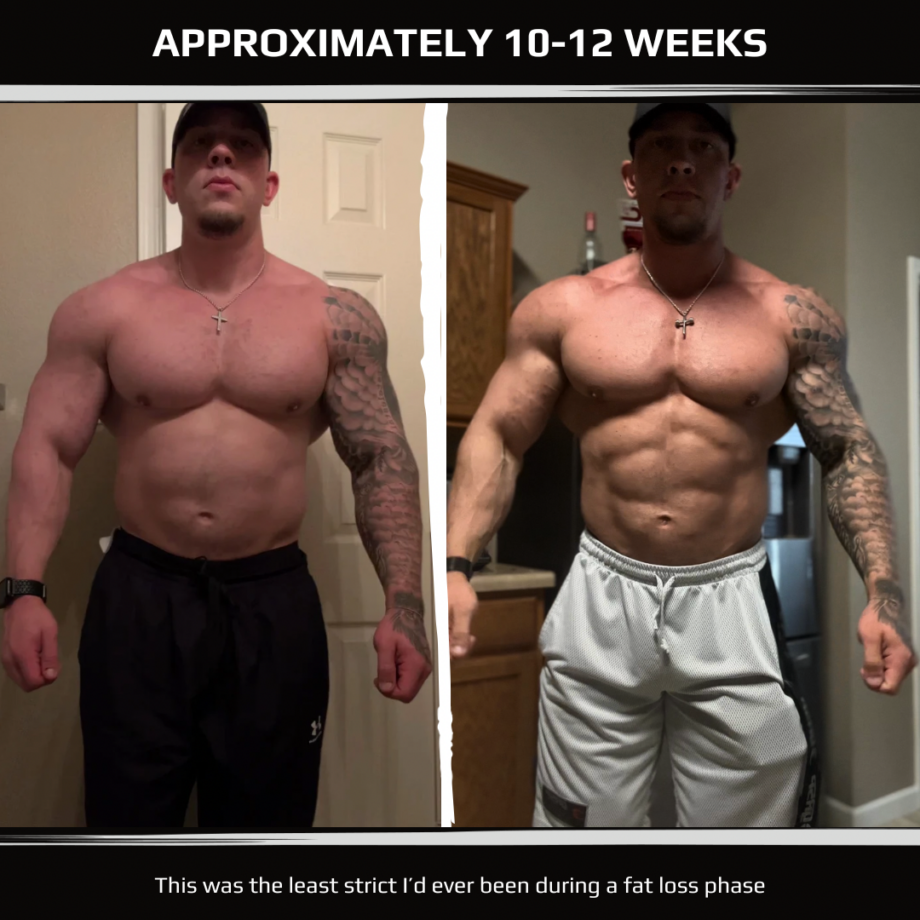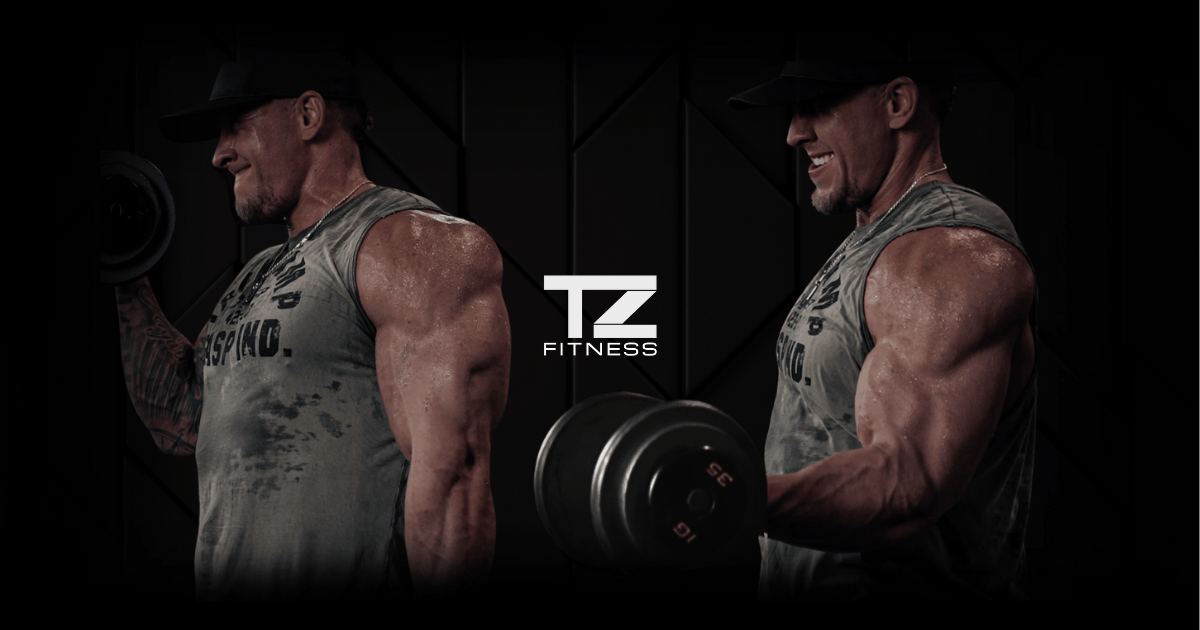How Much Progress Can You Really Make in 16 Weeks?
What’s Actually Possible in 16 Weeks?
Let’s be real—16 weeks isn’t super long, but it is enough time to make some serious changes to your body if you do things right.
The problem? Most people either go way too extreme and burn out, or they don’t push hard enough and get frustrated with slow progress.
So, what can you realistically expect in 16 weeks? And how can you get there?

The Truth About Fat Loss & Muscle Gain
Before we talk numbers, let’s clear up a major misconception: fat loss and weight loss are NOT the same thing.
- Fat loss = Losing actual body fat while keeping muscle.
- Weight loss = Could be fat, muscle, water, or a mix of all three.
If you crash diet and lose 20 lbs fast, but half of that comes from muscle, you really won’t look much leaner—you’ll just look a bit smaller with a softer, less defined physique.
That’s why the goal isn’t just to lose weight.
The goal is to drop body fat while keeping or even building muscle to create a lean, defined look.
How Much Fat Can You Realistically Lose in 16 Weeks?
The science of fat loss is simple: you need to burn more calories than you consume (caloric deficit). But how much can you actually lose without sacrificing muscle or feeling miserable?
A solid, sustainable rate of fat loss is 0.5–1% of your body weight per week. That means:
- If you weigh 200 lbs, expect to lose 1–2 lbs per week.
- Over 16 weeks, that’s 16–32 lbs of fat loss—a huge difference.
But here’s the catch: the leaner you start, the slower you should go to avoid losing muscle. If you’re starting with a lot of body fat, you can afford to be more aggressive. If you’re already somewhat lean, smaller deficits will help maintain muscle.
Can You Lose Fat & Build Muscle at the Same Time?
Yes, it’s possible—but it depends on your starting point.
- If you’re new to lifting: You can/will build muscle while losing fat because your body is primed for growth.
- If you’ve been training consistently: It’s possible, but harder. The more years of experience & consistency you have under your belt, the less likely it is.
- If you’re coming back after a prlonged break: Good news! Muscle memory kicks in, helping you regain lost muscle fast while dropping fat.
- If you’re advanced: No. You will not be building muscle during a fat loss phase.
Keep in mind – if you do put on muscle while you’re losing body fat, the scale will not accurately reflect the progress you’re making. Muscle weighs more than fat, which can cause the scale to either not move, or not move in the way you like it (at first).
That’s why it’s best to take physical measurements, how clothes are fitting, and what changes you’re seeing in the mirror.
Best-Case vs. Worst-Case Scenarios
- Best case: You lose a significant amount of body fat, retain (or even build) muscle, and look dramatically leaner and more defined.
- Worst case: You go too extreme, lose muscle, feel miserable, and end up binging your way back to square one.
The difference? A smart approach—one that lets you lose fat, keep muscle, and feel good doing it.
Biggest Mistakes That Kill Your Progress
- Eating too little – Extreme diets wreck your metabolism and will cause you to plateau quickly. Muscle loss is almost guaranteed when doing this.
- Doing only cardio – Strength training is a must for maintaining muscle.
- Not tracking progress – If you’re not tracking, you have no idea if what you’re doing is working.
- Relying on the scale alone – Progress pictures, strength levels, and body measurements paint a much better picture.
How to Maximize Your 16-Week Transformation
Want to make the most of the next 16 weeks? Here’s how:
- Calorie deficit: Aim for a 500-750 calorie deficit per day for steady, sustainable fat loss.
- Protein intake: At least 0.8-1g per pound of body weight to keep muscle.
- Weight training: 3-5x per week, still focusing on progressive overload.
- Cardio: Use it as a tool, not a crutch. Slowly add it in, increasing it as needed. Low-intensity (walking) is the best. It’s the least fatiguing form of cardio. Adding any unnecessary stressors when dieting is going to be fighting against you.
- Sleep & recovery: Game-changer. Aim for 7-9 hours per night.
The Bottom Line – Where Could You Be 16 Weeks from Now?
Imagine this: It’s 16 weeks from today. It’s summer. You wake up, look in the mirror, and actually see the progress you’ve been chasing for years. Your clothes fit better. You feel stronger. More confident. You can look drastically different.
But you need the right plan—and you need to stick to it.
Maybe even think about hiring an online coach… 👀💪🏼



